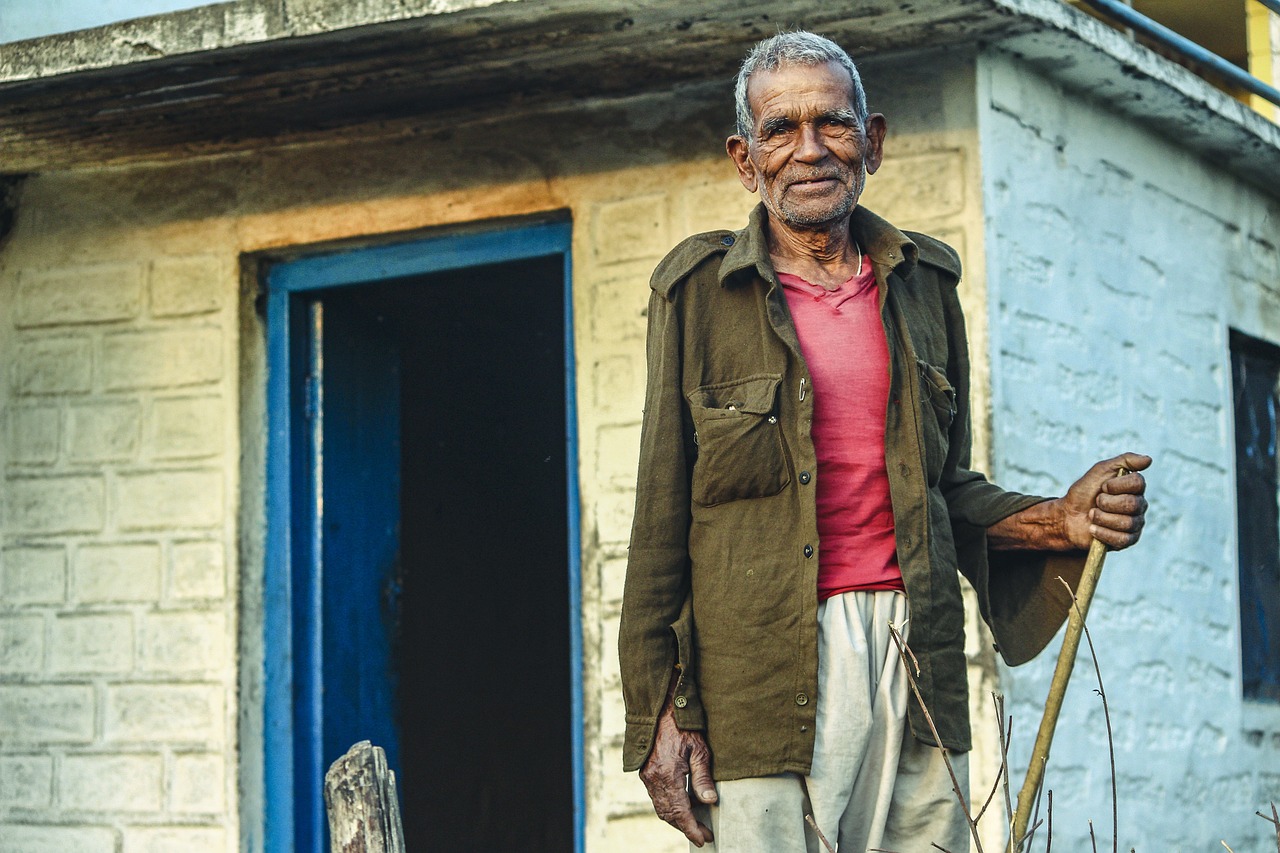How Political Campaigns Use Grassroots Movements
Grassroots movements are characterized by their bottom-up approach, where change is initiated and driven by the community members themselves rather than by established institutions or organizations. These movements often emerge in response to social, political, or environmental issues that impact the local population directly. Grassroots initiatives prioritize inclusivity and participatory decision-making, aiming to empower individuals to collectively advocate for change.
The strength of grassroots movements lies in their ability to mobilize diverse community members with a shared goal or vision. By fostering a sense of ownership and agency among participants, grassroots movements can amplify the voices of marginalized groups and challenge existing power structures. Through decentralized organizing and networking, grassroots movements have the potential to spark widespread social transformation and influence policy decisions at local, national, and even global levels.
Definition of Grassroots Movements
Grassroots movements are characterized by their bottom-up approach to initiating social change. These movements typically originate from the local level, driven by the passion and commitment of individuals within a community. Grassroots efforts often focus on addressing specific issues or advocating for a particular cause, with the ultimate goal of influencing policy or societal norms.
Unlike traditional top-down approaches, grassroots movements empower ordinary citizens to take action and make their voices heard. By mobilizing community members and fostering a sense of solidarity, grassroots movements are able to create momentum and effect change from the ground up. These movements are often regarded as a powerful force for social transformation, as they are driven by the collective efforts of individuals who are deeply invested in the issues at hand.
What are grassroots movements?
Grassroots movements are bottom-up, community-led initiatives that aim to bring about social, political, or environmental change.
How do grassroots movements differ from traditional top-down approaches?
Grassroots movements are driven by everyday people at the local level, whereas traditional approaches are typically led by established institutions or authorities.
What are some examples of grassroots movements?
Examples of grassroots movements include the civil rights movement, environmental activism, and community organizing efforts.
How can I get involved in a grassroots movement?
You can get involved in a grassroots movement by volunteering your time, attending meetings or protests, or spreading awareness through social media and other platforms.
What impact can grassroots movements have?
Grassroots movements have the potential to create significant change by mobilizing communities, raising awareness, and putting pressure on decision-makers to address important issues.





